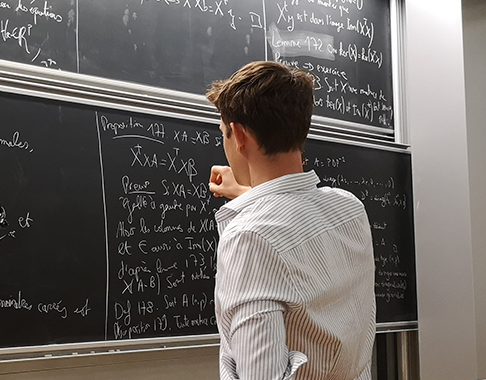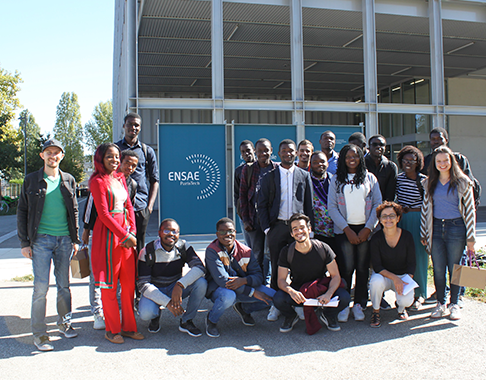History and epistemology of Statistics
ECTS:
3
Course Hours:
18
Tutorials Hours:
0
Language:
French
Examination Modality:
mém.
Objective
The course, co-taught by Thomas Amossé and Emmanuel Didier, will provide an opportunity to take a counterpoint to theoretical approaches to statistics that emphasize intrinsic logical coherence. We will highlight the historical contingencies of their invention and the irreducible constraints of their practice. We will seek to describe various forms of articulation between social developments and the evolution of quantification tools and their uses. How can we explain the emergence of new techniques or institutions? Which actors take them up? In what political and economic contexts? Despite these social influences, can we still speak of an autonomy of mathematical formalisms?
Students will be evaluated on the production of a written report and an oral presentation, for which:
either they will analyze a recent or past controversy involving techniques or arguments of quantification (for example: the measurement of well-being, ethnic statistics, …)
or they will study the history of a method or a technique of quantification (for example: the history of IQ, the history of U.S. censuses, the evolution of censuses, …)
or they will analyze settings in which quantification is mobilized (for example: the use of numbers in debates between the two rounds of the presidential election, quantified-self, …)
Graphic illustrations (photos, drawings, etc.) are strongly recommended and appreciated in both the report and the presentation (since numbers and methods are often associated with images, or with forms of representation). Pedagogical innovations for the presentation may also be proposed to the instructor.
Planning
1 Introduction (Emmanuel)
2 Liberal surveys and random sampling (Emmanuel)
3 At the heart of conventions: categories, units, surveys, institutions (Thomas)
4 Homo statisticus: a history of survey models since 1945 (Thomas)
5 Social inequalities, economic inequalities (Thomas)
6 Guest lecture by Luc Boltanski: the beginnings of the sociology of quantification (Emmanuel)
7 Couple issues; the “racial” question (Thomas)
8 Environmental statistics; the Shanghai ranking (Thomas)
9 Words of a survey researcher, Brousse and Peneff (Emmanuel)
References
ARMATTE M. (1995) Histoire du modèle linéaire. Formes et usages en économie et économétrie jusqu’en 1945. Thèse de doctorat - EHESS - Paris. [pas en bibliothèque]
DESROSIERES A. (1993) La politique des grands nombres. Histoire de la raison Statistique, La Découverte, Paris [20 DES 00 A] et [20 DES 00 B].
DIDIER E. (2010) En quoi consiste l’Amérique. La Découverte, Paris.
HALD A. (1998) A History of Mathematical Statistics from 1750 to 1930, John Wiley, New York [21 HAL 01 A]
INSEE (1987) Pour une histoire de la statistique, vol 1 et 2. [30 INS 00 C]
MORGAN M. (1990) The History of Econometric Ideas, Cambridge University Press [62 MOR 00 A]
STIGLER S. (1986) The History of Statistics. The measurement of uncertainty before 1900, Harvard University Press [30 STI 00 A]









